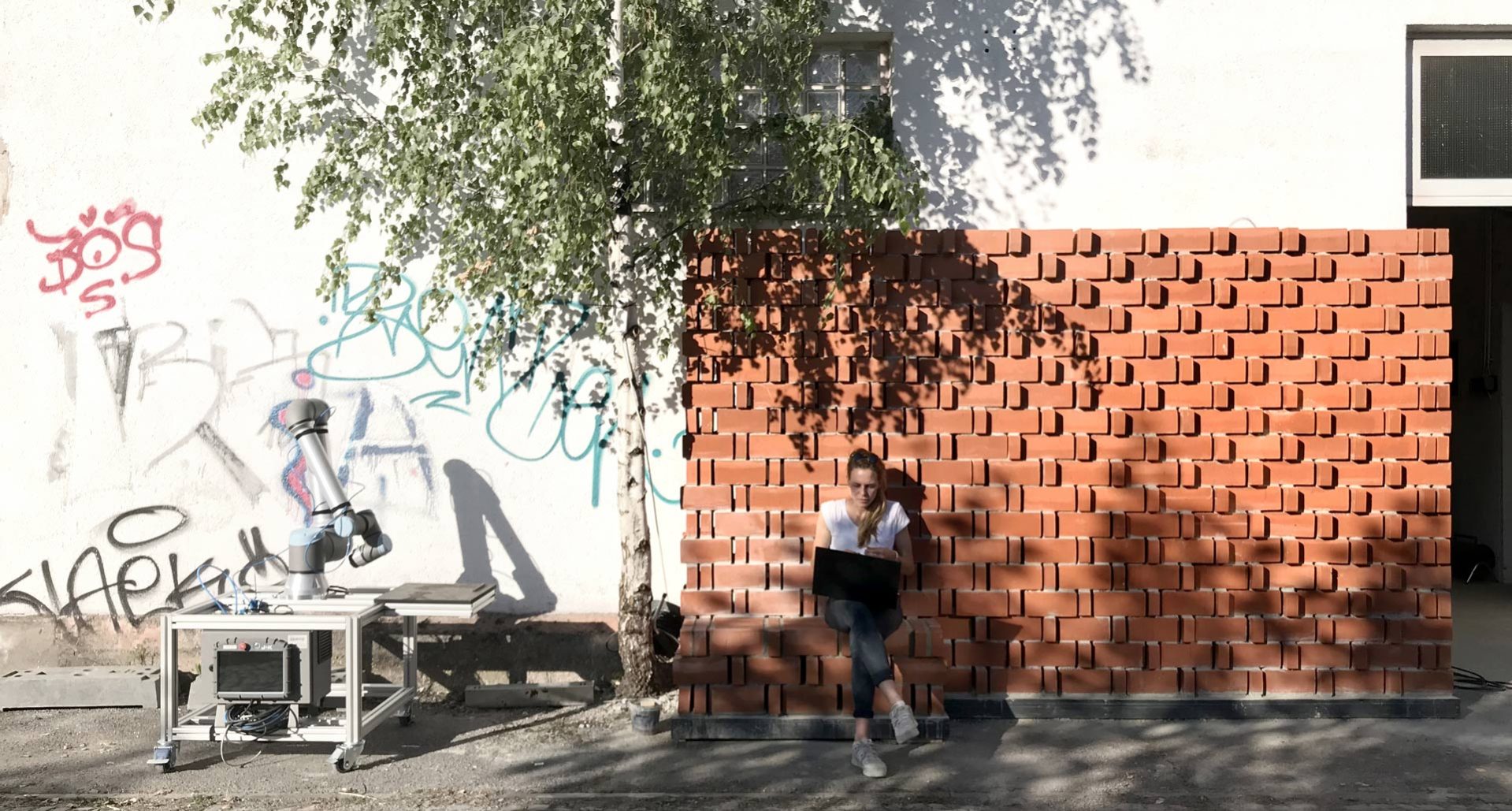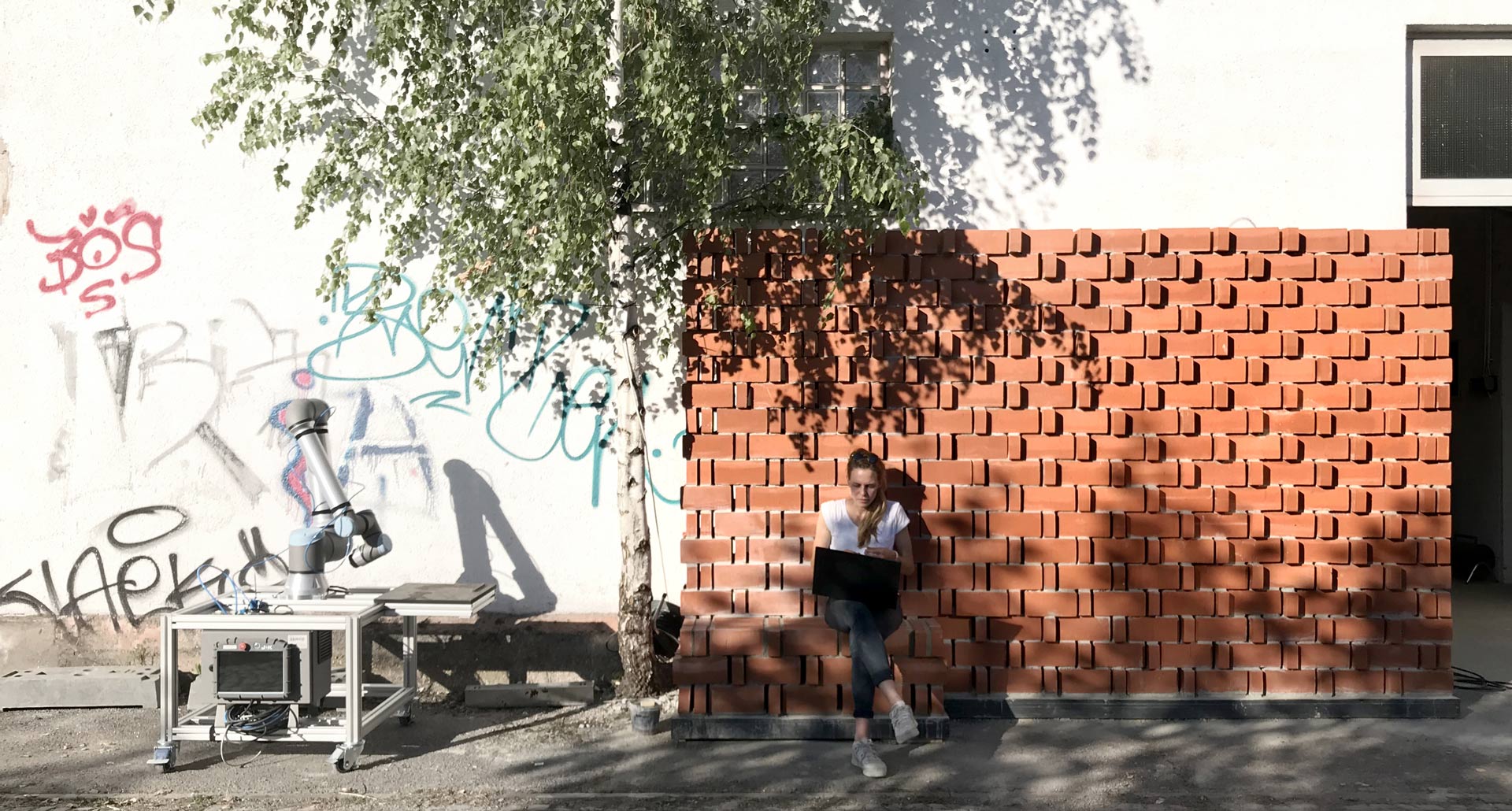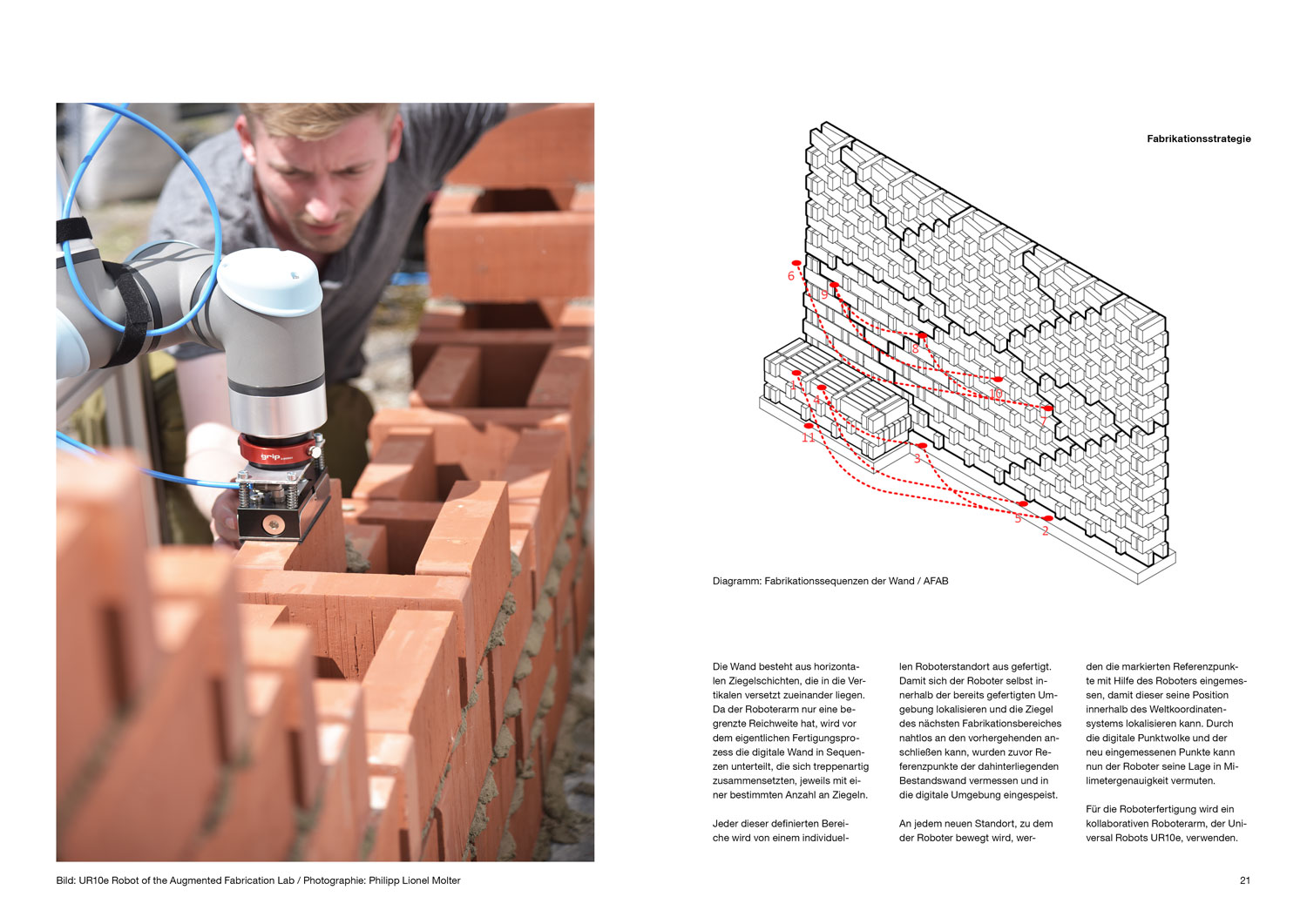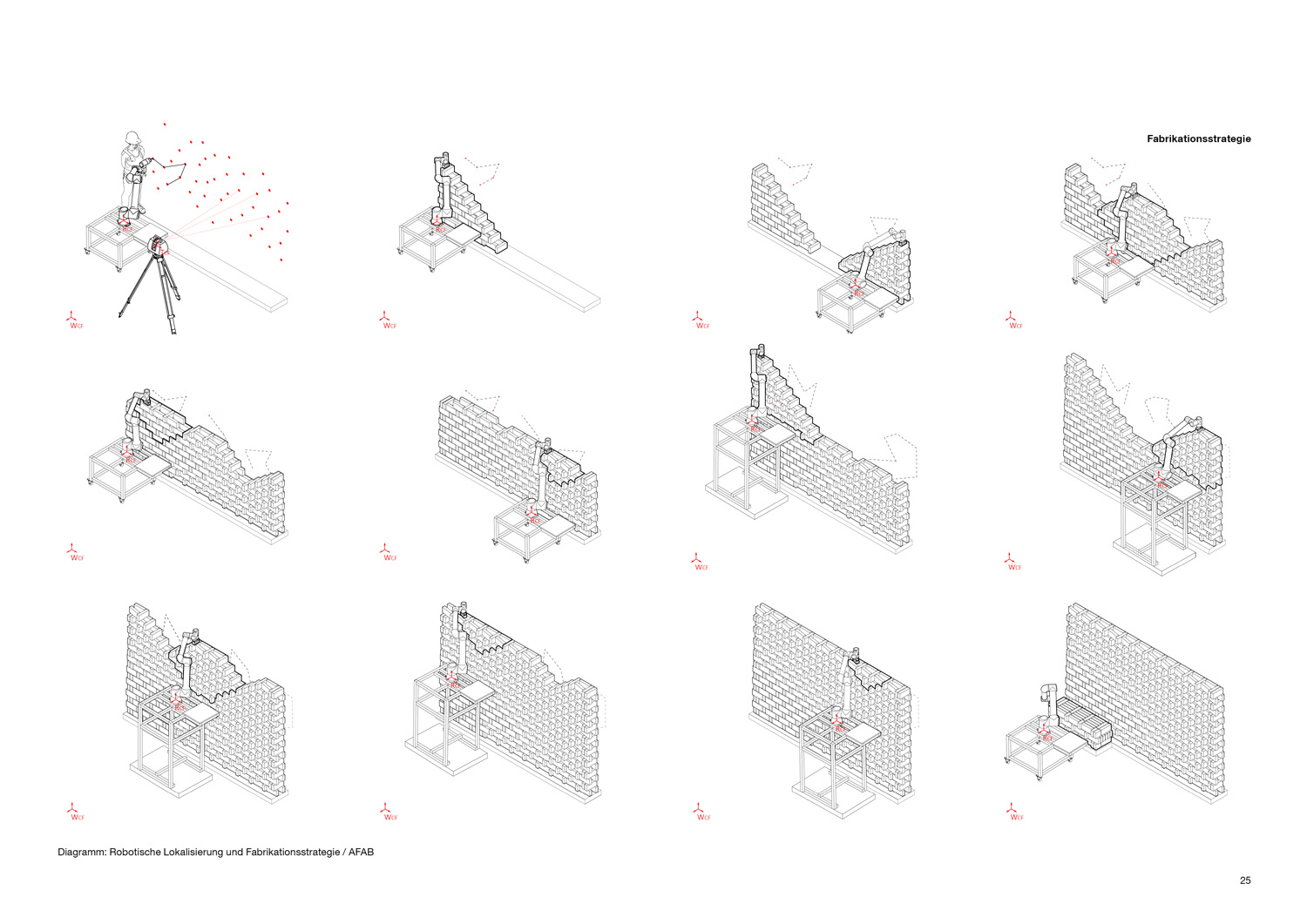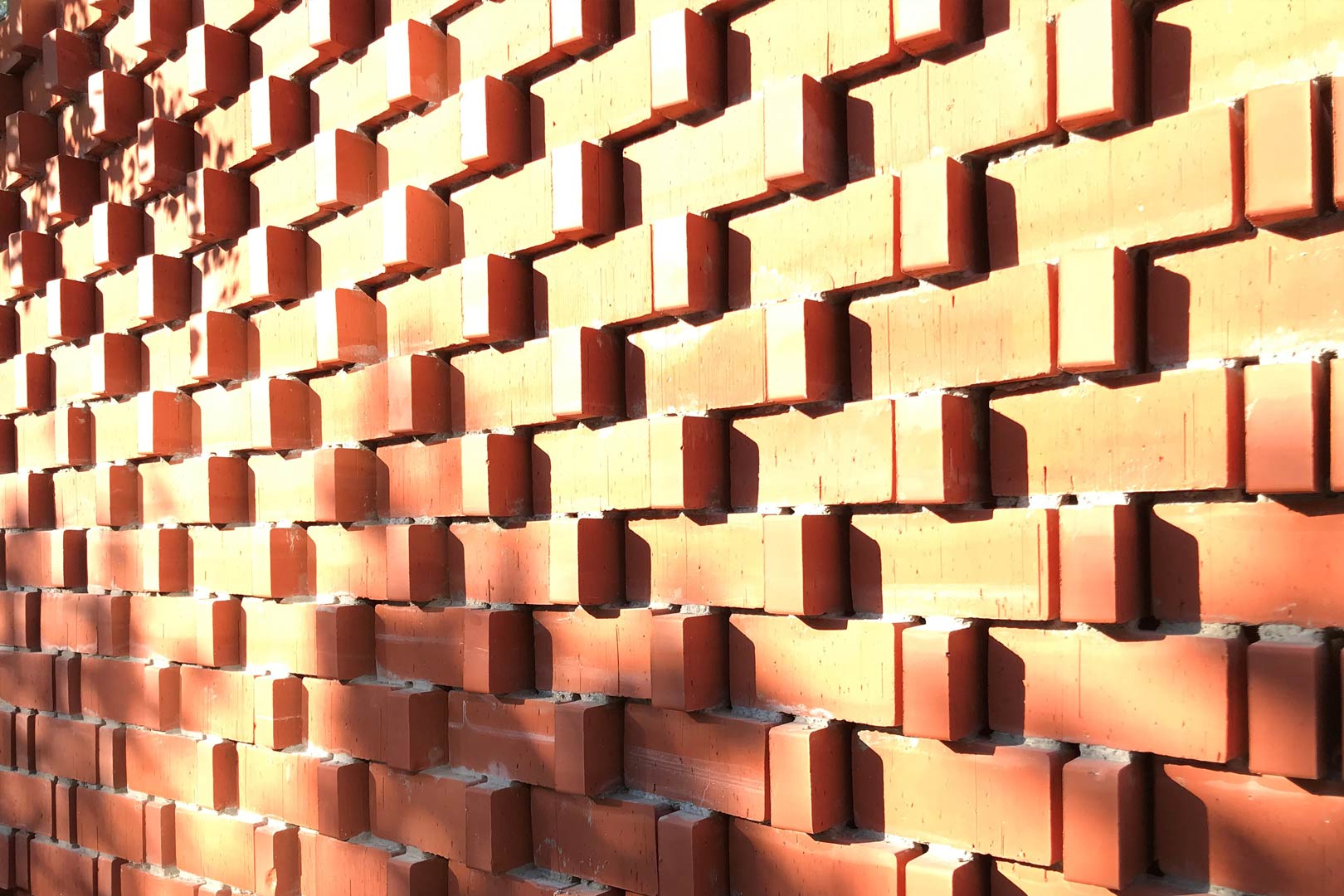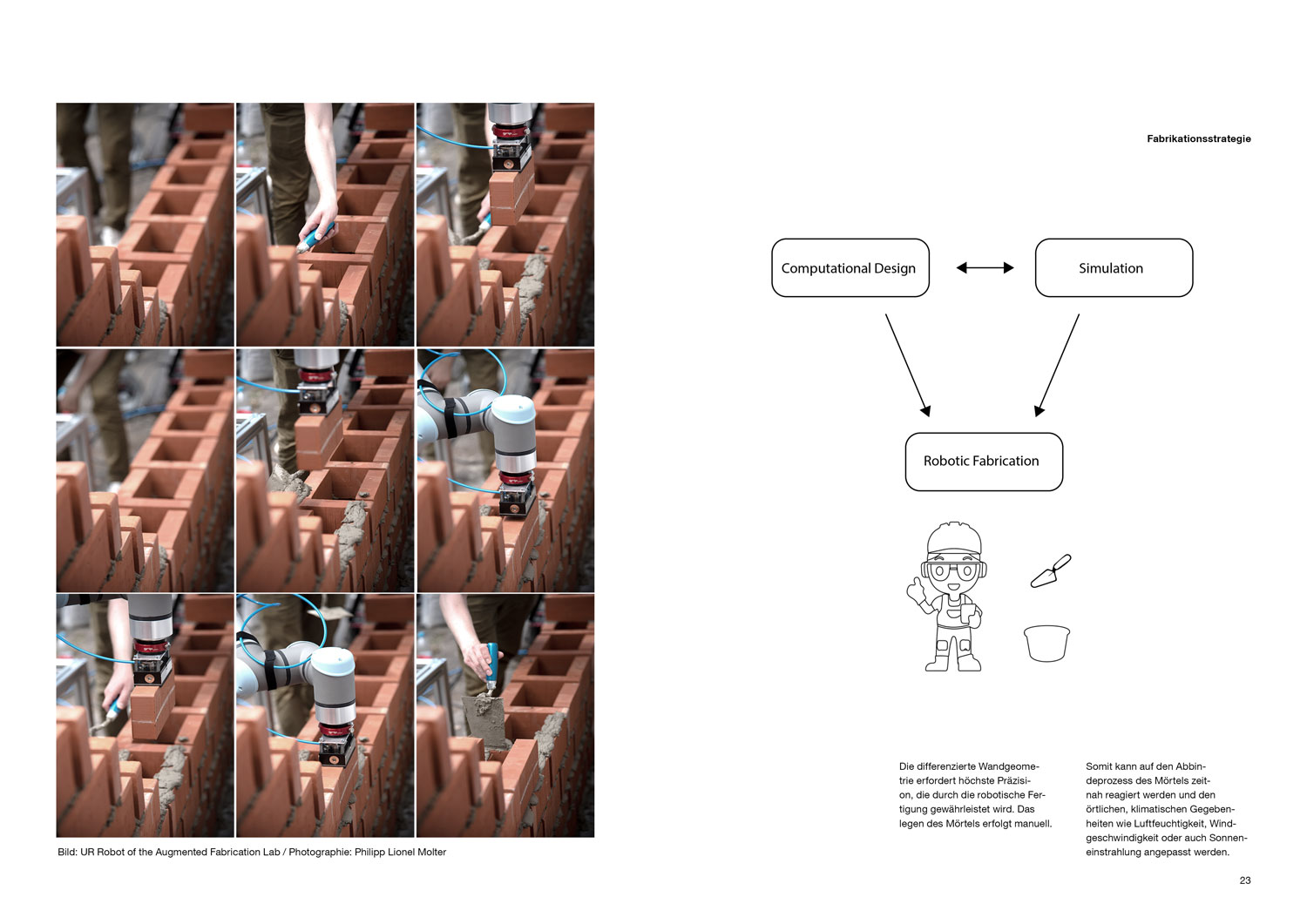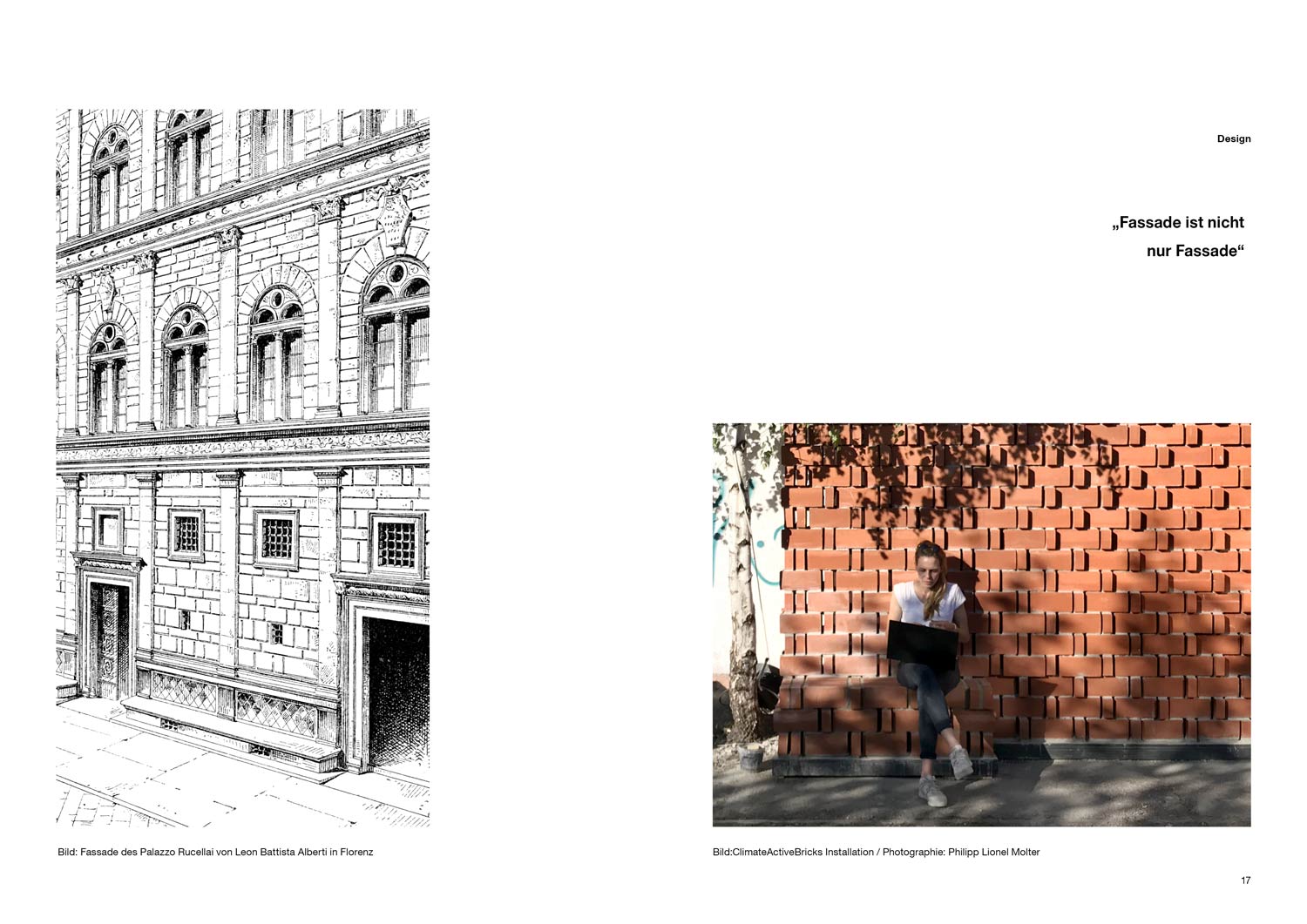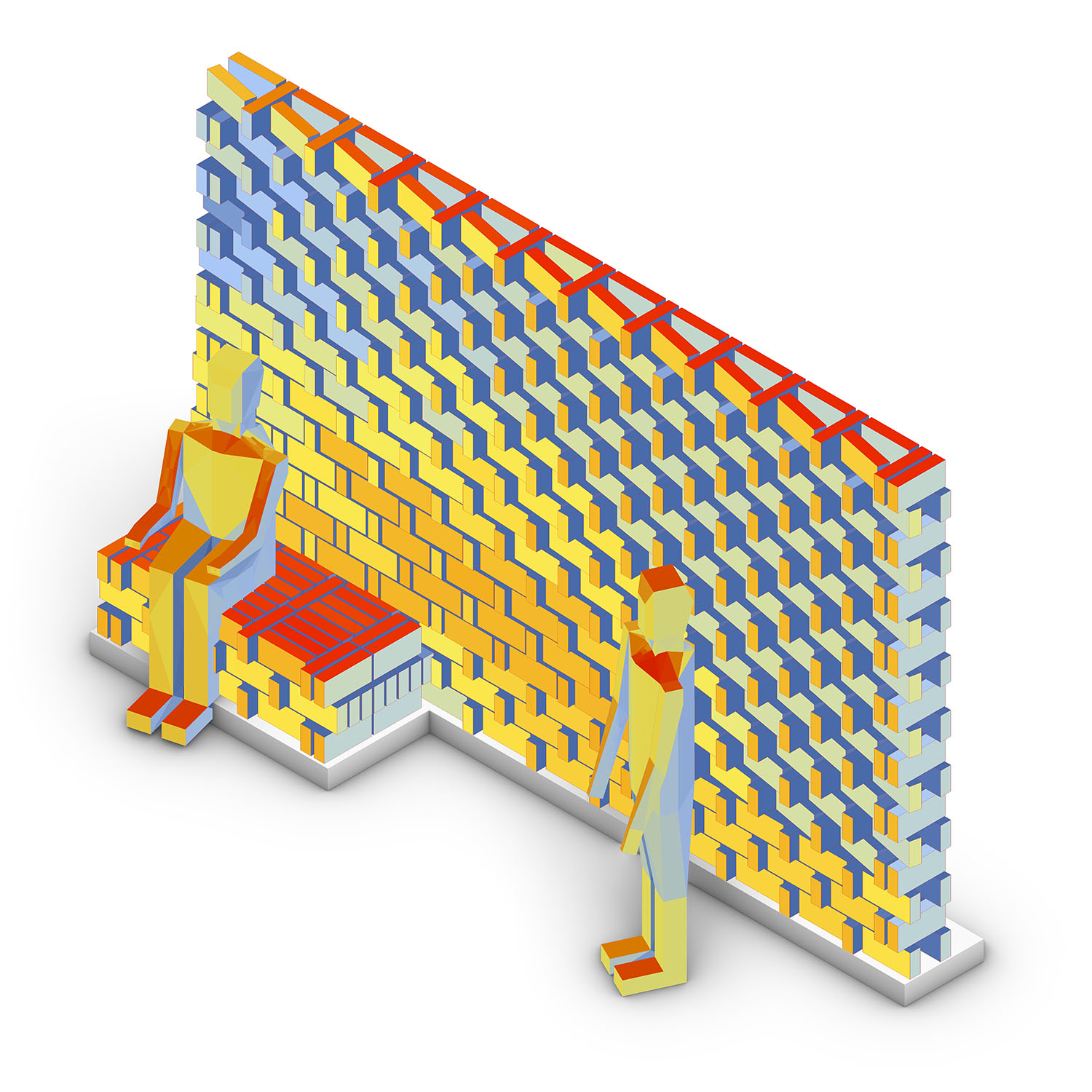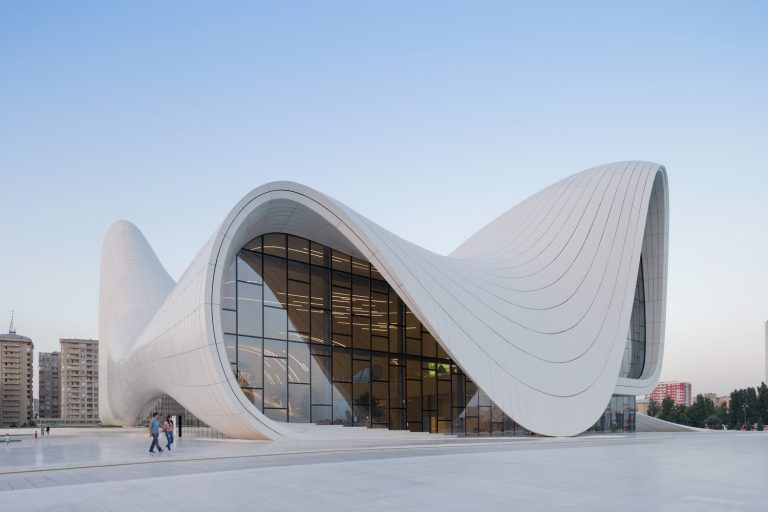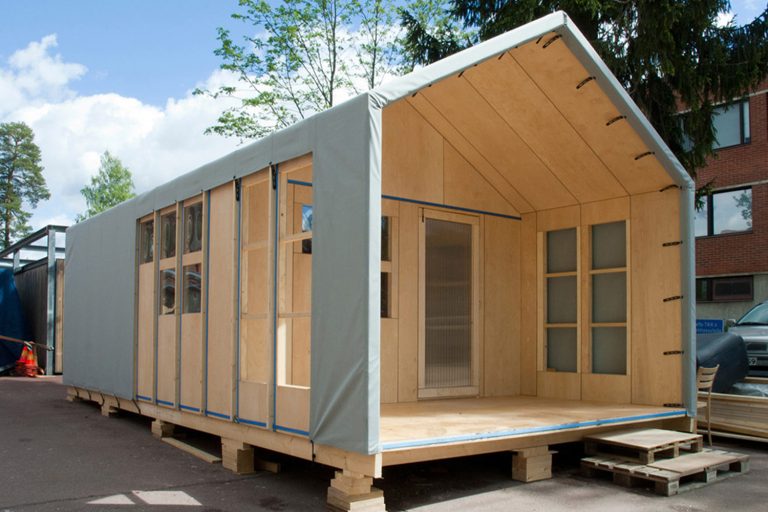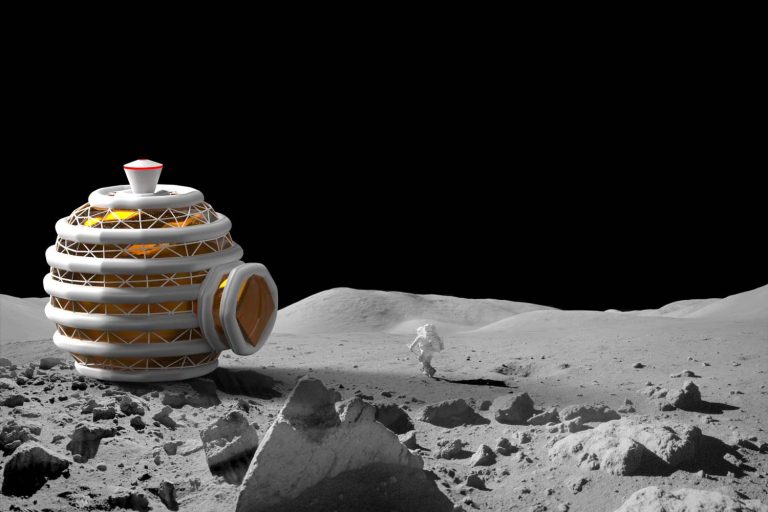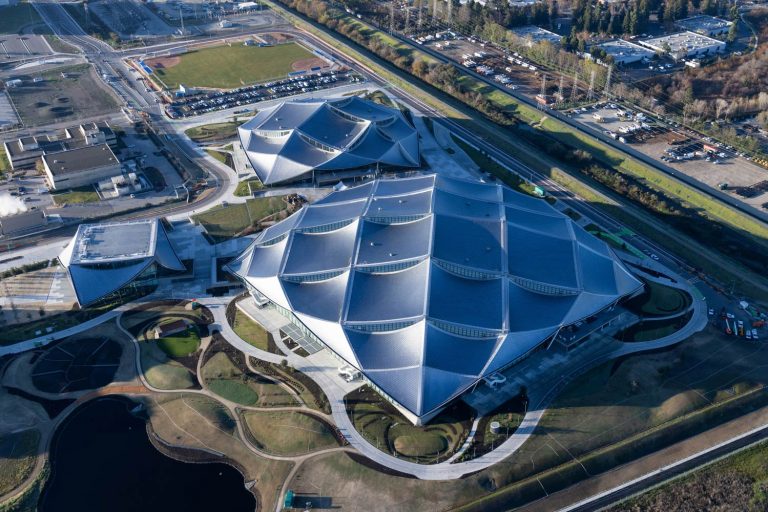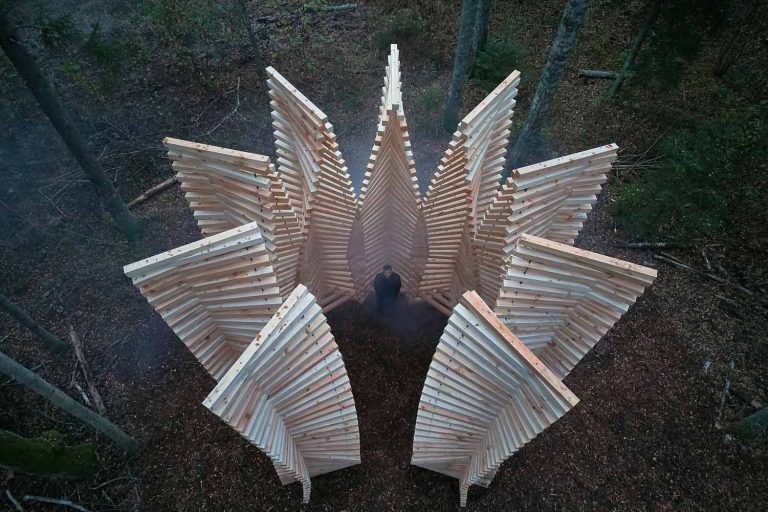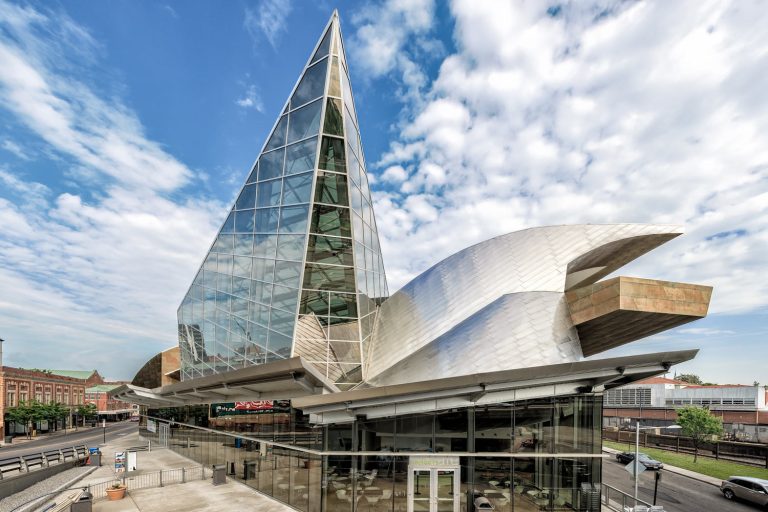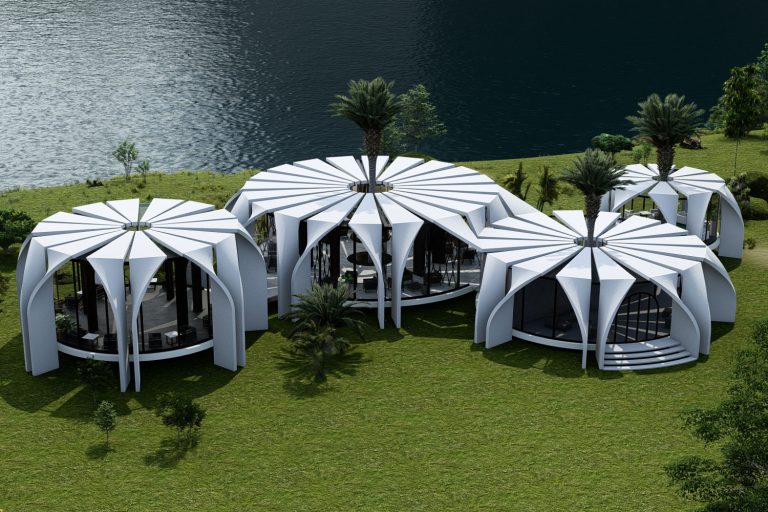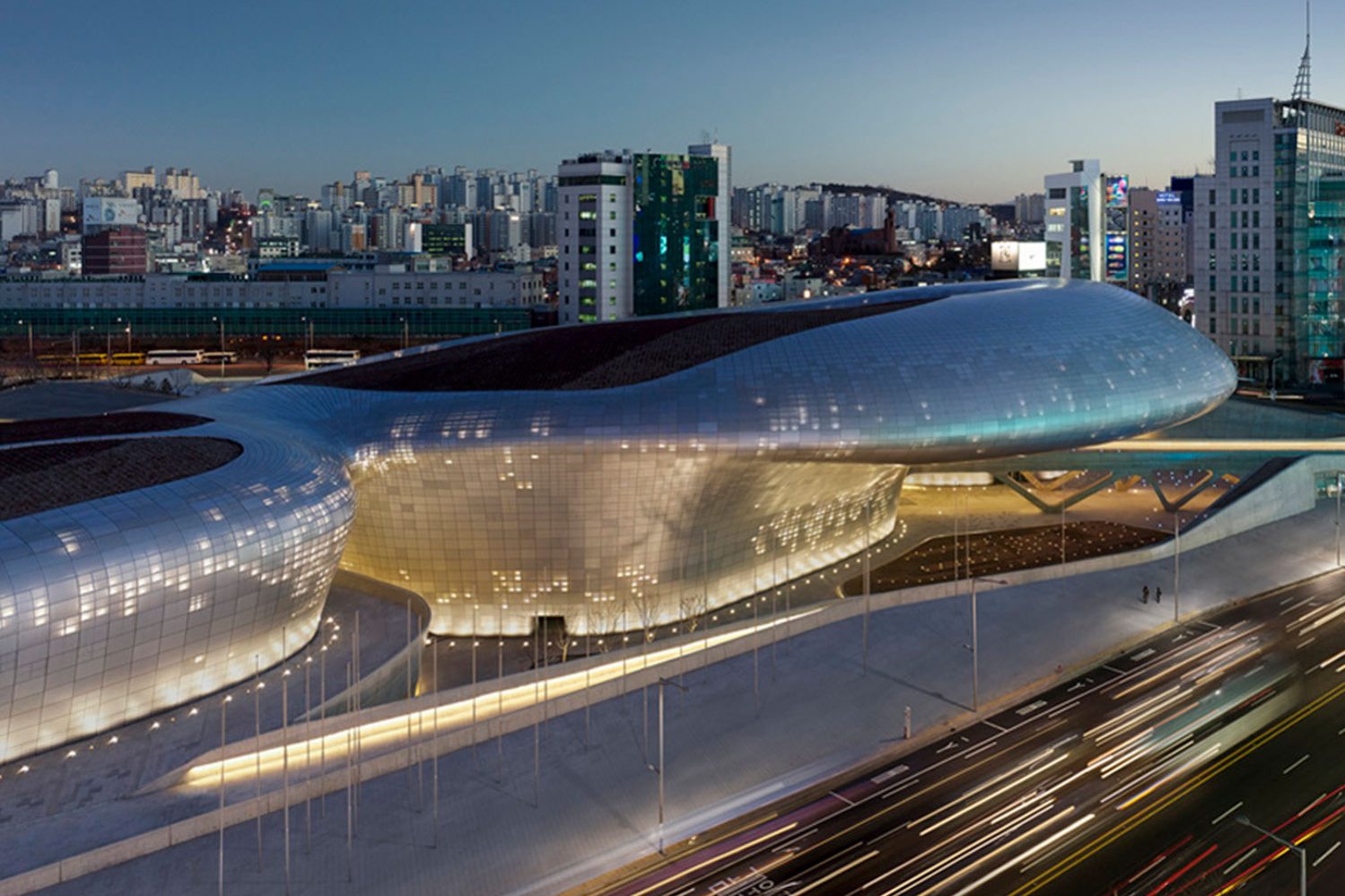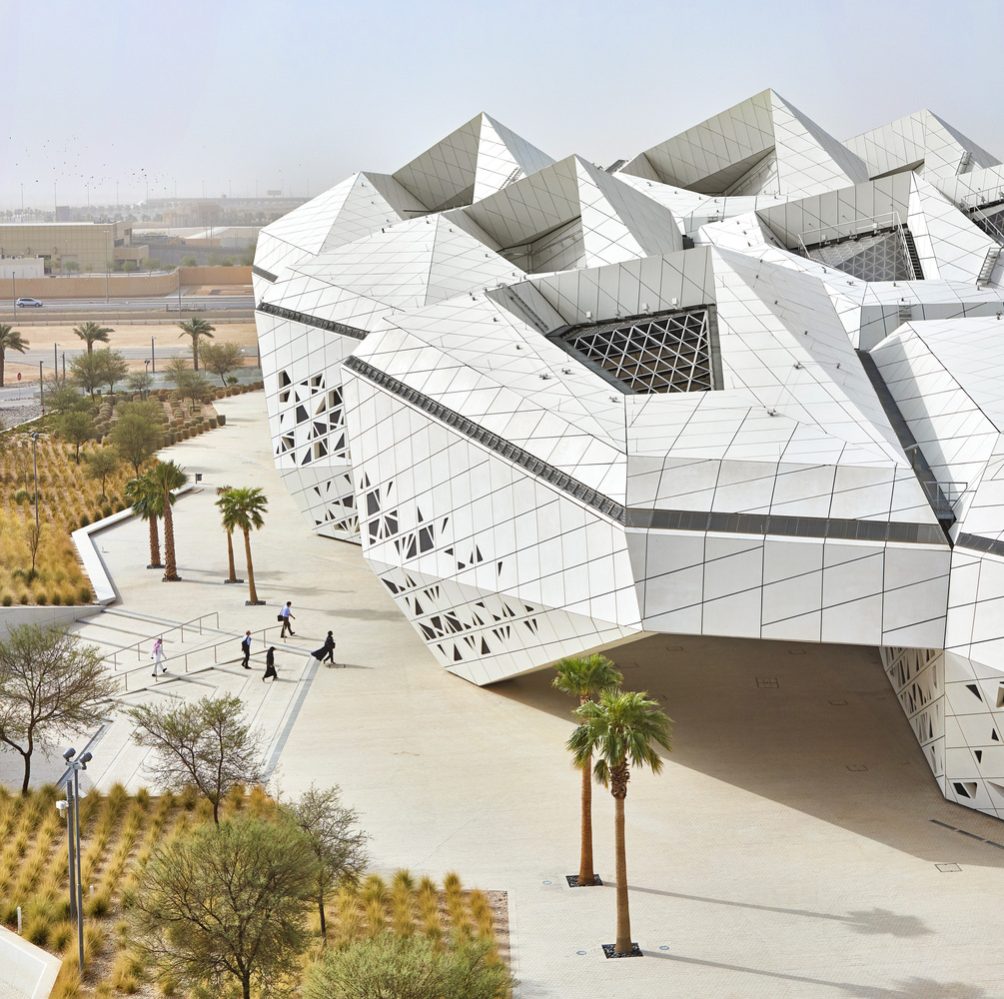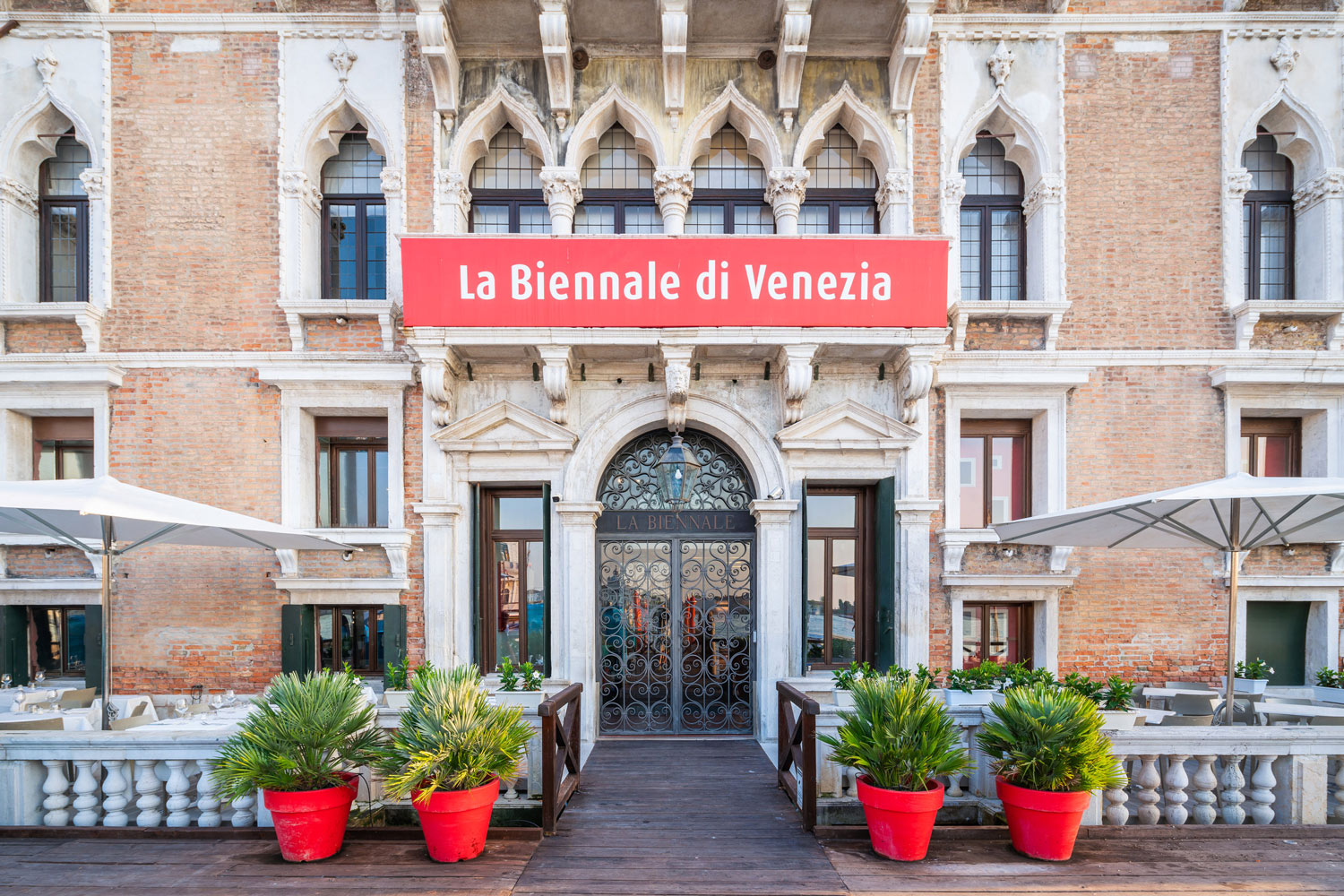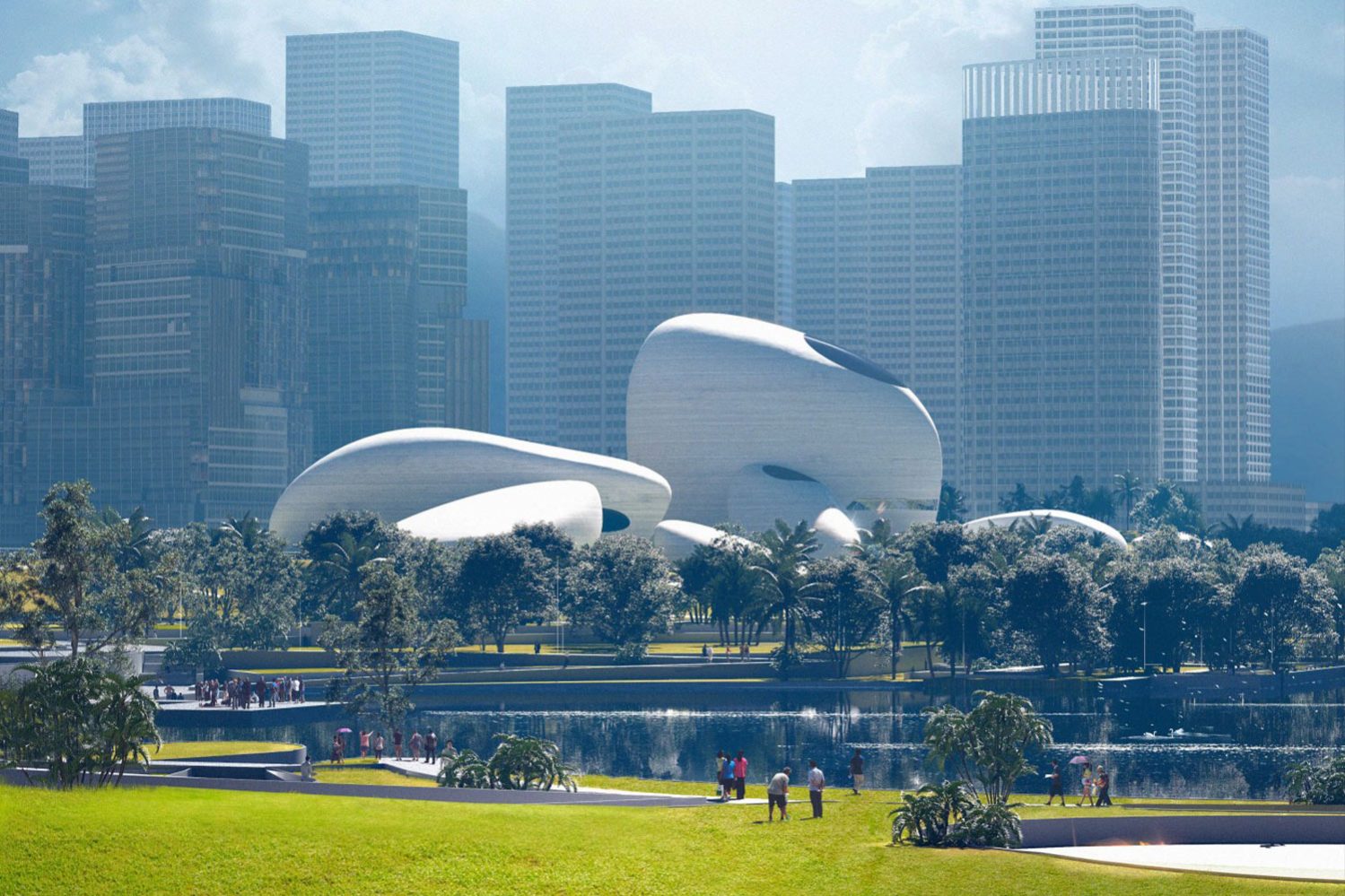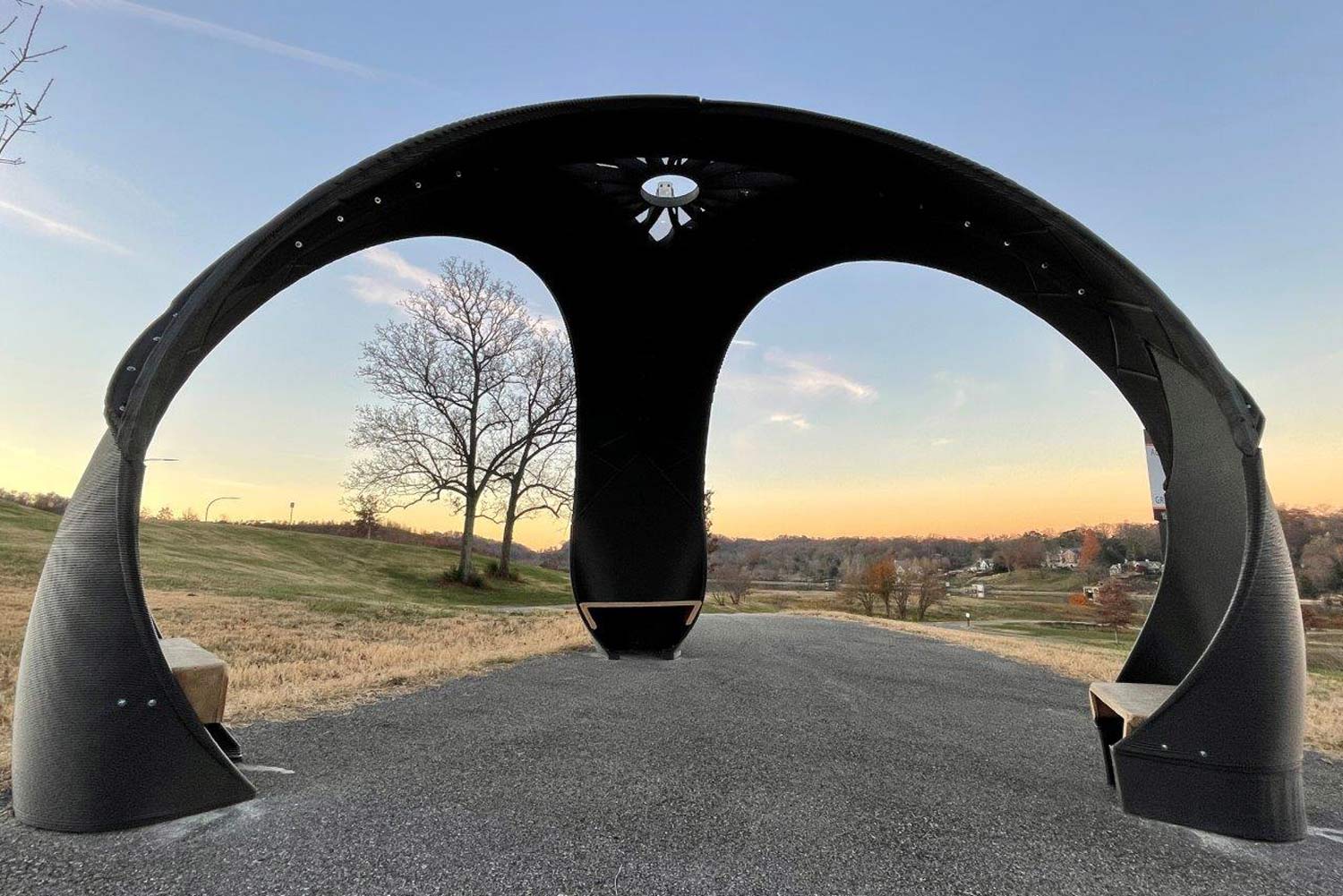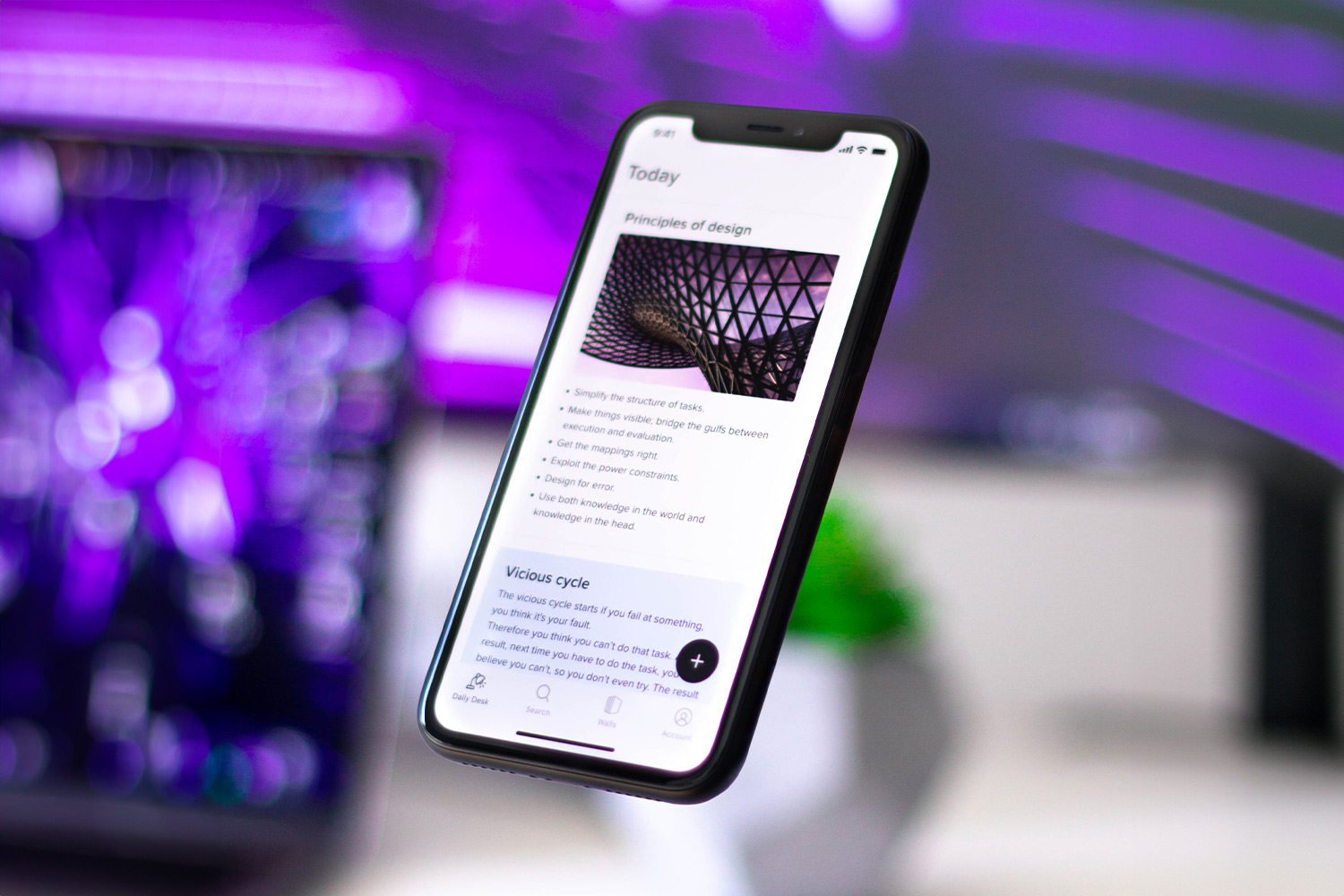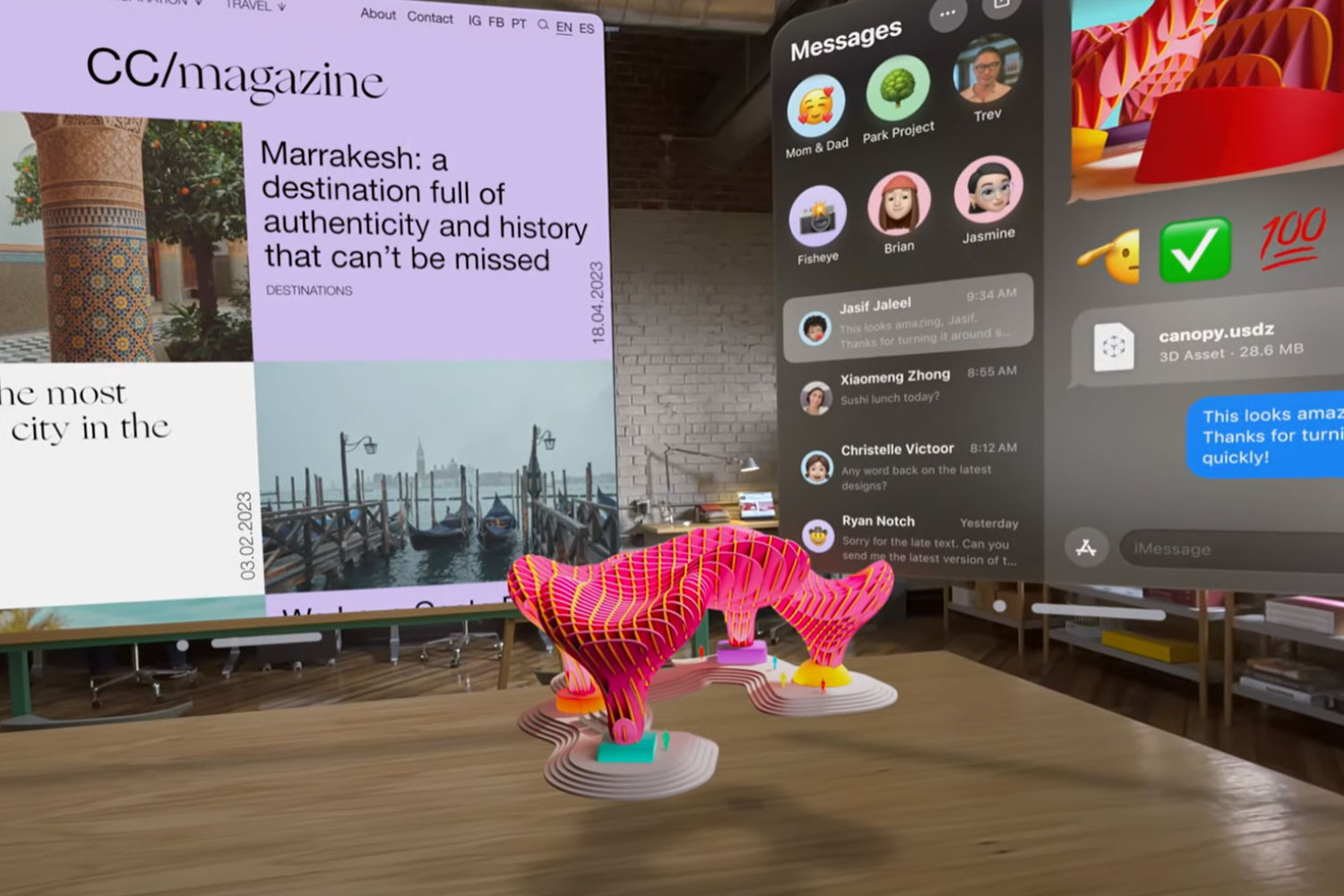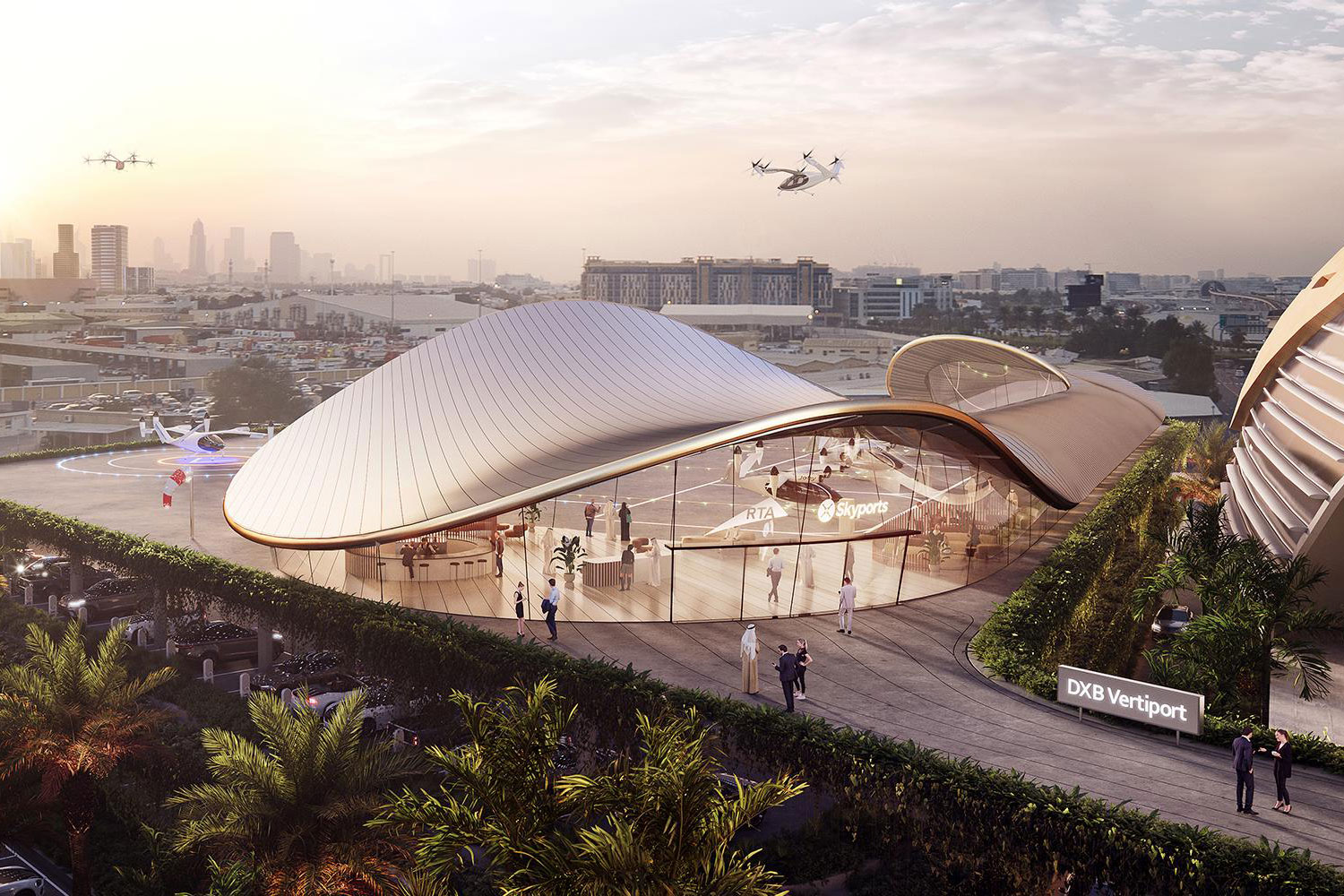The modern age comes with a price. Our world needs a constant update in the way we act and perform our duties. Every central urban configuration faces the ‘Urban Heat Island’ effect, drowning inhabitants in unescapable heat and adversity. A team of specialists has acted upon this to enshrine a positive change. The Climate Active Bricks project answers to climate-damaging urban architecture with innovative brick wall solutions.
The team’s core idea cracks at modifying the case of microclimate in cities. In Germany, the context of climate change and inner-city compaction coins increasing heating of the urban structures. The ‘Climate Active Bricks Research Project’ investigate to engender favourable microclimate by altering wall elements using bricks on building facades.
The ground-breaking portrait of self-shadowing patterns elicited by digitally calculated masonry significantly reduces the wall’s surface temperature—the use of specially designed software aids in bringing down the ”operative temperature” inside the dwellings. The structural setting cognizes the solar radiation and results in weaving forms that block and shade.
One of the essential strategies to decrease the heat stress inside cities was through ample vegetation and green spaces. Subsequently improving the human comfort level and encouraging people to active use of the public space. In dense areas, where greenery cannot swell, the shading concept to create surfaces with minimized solar exposure works wonders.
The Story Behind The Craft
“With the Climate Active Bricks project, developed in August 2020 as part of a design-build summer school, we investigated whether we can apply digital design and robotic fabrication technology to improve the exterior facades of buildings directly. We explored whether the creation of customized site-specific self-shading effects in the external facades of buildings can reduce solar exposure and thus decrease the storing and radiation of heat to improve the ambient climate in urban areas.” – Climateflux
Devising digital simulations, the team analyzed various designs to shake the solar exposure of the brick constellations. The construction aroused without any modification of a typical flat brick. The bond’s flat front surface directly exposes to the sun, while a shift in the orientation brings the frontal brick towards the back. In addition, the exposure reduces through the shading of the adjacent protruding brick. Furthermore, to mitigate solar reflections the front brick rotates, changing the incidence and fall-out angle of sunlight. The larger the curve concerning the sun, the lower the value of the absorbed radiation, which results in a decrease of solar radiation and heat stress.
For a sustainable and green future, urban planners and architects must ponder and envision well-thought-out and robust solutions for a climate-friendly transformation of their cities and public spaces. In addition, the inculcation of data-driven simulation methods informs the planners’ digital design to elevate into an evolved visualization.
Location: Munich, Germany
Year: 2020
Collaborator: TUM Department of Architecture
Team:
Client: The Technical University of Munich, Department of Architecture
TT Professorship Digital Fabrication
Prof. Dr. sc. ETH Kathrin Dörfler
Dipl. Ing. Julia Fleckenstein
Associate Professorship of Architectural Design and Building Envelope
Dr.-Ing. Architekt Philipp Lionel Molter
Climateflux



